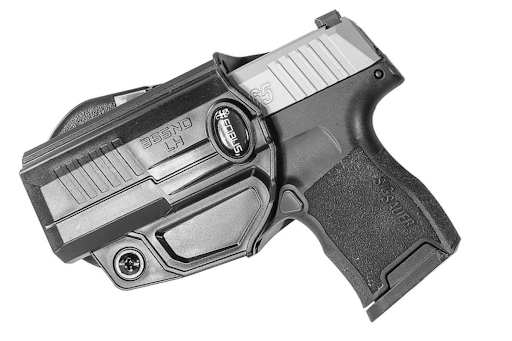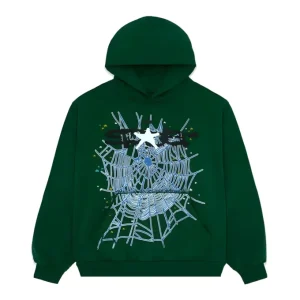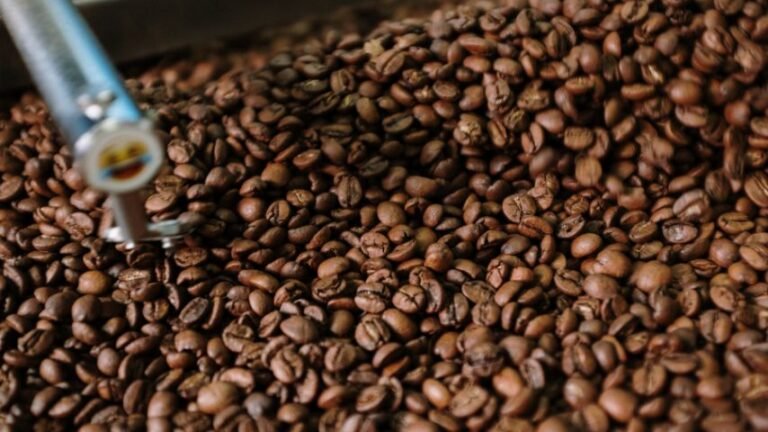A Comprehensive Guide to OWB Holster: Everything You Need to Know
When carrying a firearm, selecting the right holster is crucial for both comfort and accessibility. Among the various types available, the OWB holster (Outside-the-Waistband) stands out for its ease of use and versatility. Whether you’re a law enforcement officer, a concealed carry permit holder, or just someone who enjoys target shooting, an OWB holster can be an excellent choice. This guide explores OWB holsters’ popularity, the different types available, and key considerations for choosing the right one.
What is an OWB Holster?
As the name suggests, an OWB holster is worn outside of your waistband, typically on your belt. This holster style positions the firearm on the outside of your clothing, making it easily accessible and comfortable for many users.
While OWB holsters are often associated with open carry, they can also be used for concealed carry, especially when worn with a long shirt or jacket that provides adequate coverage. Many favored them for their comfort, ease of access, and durability.
Key Features to Consider
Several important factors must be considered when selecting an OWB holster to ensure it meets your needs and preferences.
1. Retention
One of the most critical aspects of any holster is retention, which refers to how securely the holster holds the firearm. Many OWB holsters feature adjustable retention mechanisms, allowing users to tighten or loosen the fit based on their preferences. Some holsters also have additional retention features like thumb breaks or locking mechanisms for extra security.
2. Comfort
Since OWB holsters are worn outside the waistband, comfort is essential, especially if you’ll be wearing the holster for extended periods. It’s essential to try out different materials and designs to find what works best for your body type and daily activities.
3. Concealability
While OWB holsters are generally associated with open carry, many people also use them for concealed carry. If concealment is a priority, look for a low-profile OWB concealed carry holster. Wearing longer shirts or jackets can also help conceal your firearm when using an OWB holster.
4. Draw Speed
One of the main benefits of OWB holsters is the ease and speed of drawing your firearm. A good OWB holster should allow you to access your firearm quickly in case of an emergency. Kydex holsters, in particular, offer fast draw capabilities due to their rigid design and easy reholstering.
Benefits of OWB Holsters
OWB holsters offer several advantages over other styles, making them a favorite among many firearm users. Here are the top perks:
- Comfort: OWB holsters are often more comfortable than Inside-the-Waistband (IWB) holsters since they don’t press against your body as tightly. This is especially important if you carry your firearm for long hours.
- Easy Access: One of the most significant advantages of OWB holsters is how easily you can access your firearm. Unlike IWB holsters, which may require you to move clothing out of the way, OWB holsters allow for a quicker and more straightforward draw.
- Customization: Many OWB gun holsters come with adjustable retention and cant (the angle at which the gun sits in the holster), allowing you to tailor the holster to your preferred carrying style.
- Versatility: Whether you’re carrying openly for work, training at the range, or using an OWB holster for concealed carry, it provides flexibility in how you can use it depending on your attire and needs.
Conclusion
If you’re in the market for an OWB holster, take your time to evaluate your options and try out different models to ensure you find the one that provides the best balance of comfort and functionality. Whether you’re selecting a holster for open carry, training, or concealed carry, there are plenty of options.






